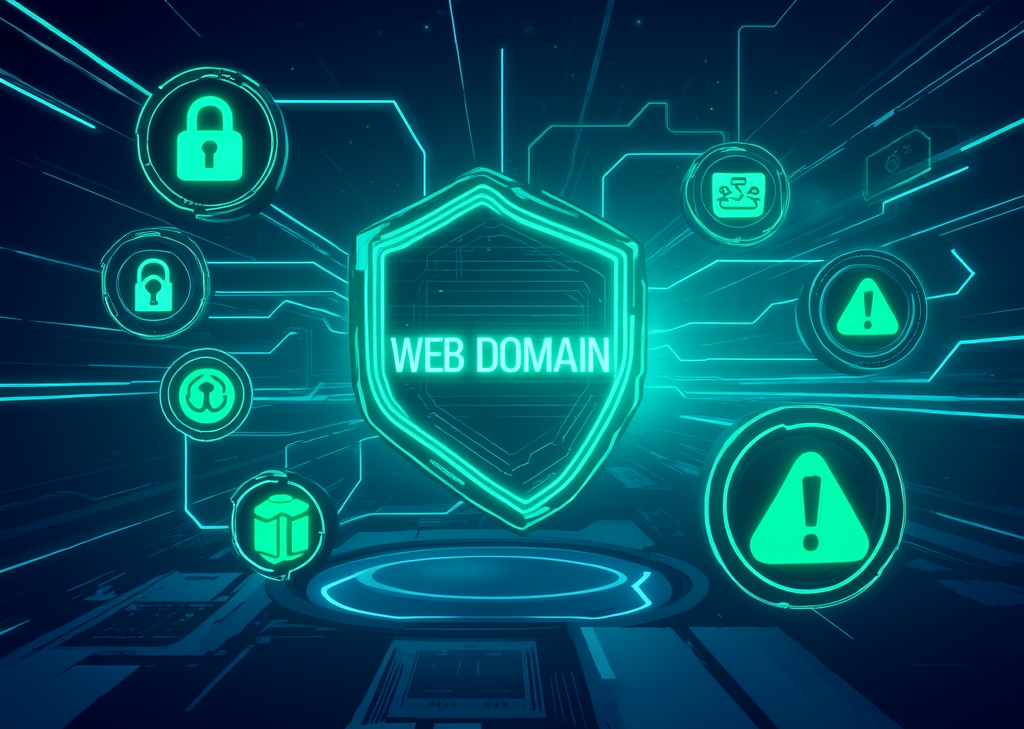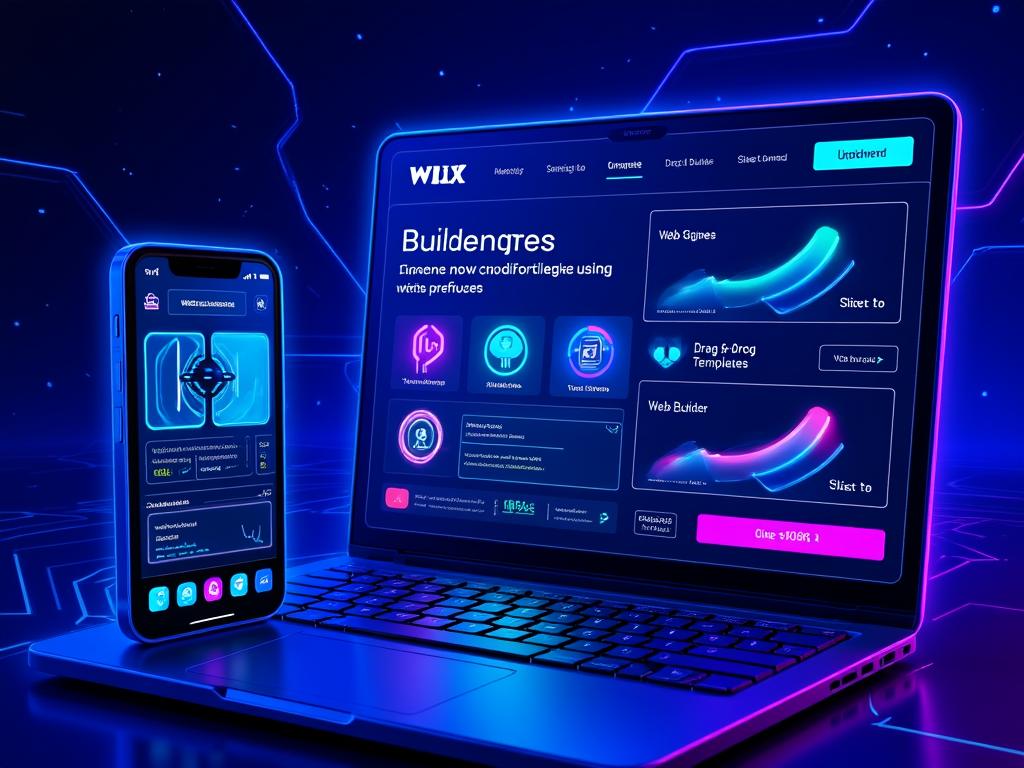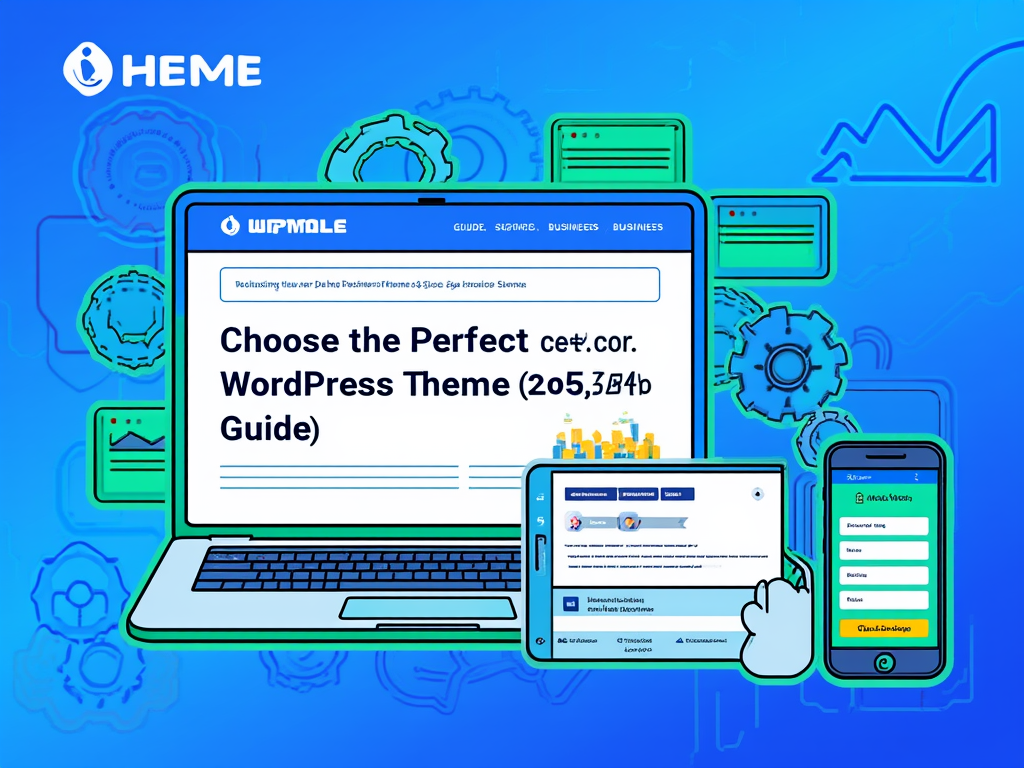<h1>Protecting your brand: Domain name security essentials</h1>
<b>Meta description:</b>
Secure your brand by mastering domain name security essentials. Learn key strategies to prevent hijacking, typosquatting, and unauthorized transfers.
---
## Introduction
Protecting your brand starts with securing your domain name, the cornerstone of your online identity. As businesses increasingly depend on digital presence, <b>domain name security</b> becomes critical to safeguard your brand reputation and customer trust against cyber threats such as domain hijacking and typosquatting. This article explores essential strategies and practical tips for robust domain protection.
---
## Main Section
### 2.1. Choose a reputable registrar and secure credentials
Selecting a <b>trusted domain registrar</b> is fundamental to domain security. A reputable registrar often offers enhanced protections like registrar lock, domain locking features, and responsive customer support. When choosing one, pay attention to their security policies and certifications to reduce fraud risks.
- **Use strong, unique passwords** specifically for your domain account.
- Enable <b>two-factor authentication (2FA)</b> to add an extra barrier against unauthorized access.
- Avoid registering your domain under an individual's name; instead, use your business or corporate entity to ensure clear ownership and legal protection.
These steps create a strong defense, preventing unauthorized login attempts and domain transfers.
### 2.2. Implement domain locking and registry lock
To prevent unauthorized changes or hijacking attempts:
- <b>Enable domain locking</b> at your registrar level. This feature blocks unauthorized transfer requests or updates to domain contacts and DNS settings.
- Activate <b>registry lock</b> for critical domains. Registry lock works at the registry level and requires additional authentication steps before any domain modifications can occur, making hijacking much harder.
For example, Verisign's registry lock demands phone verifications and security PINs before approving changes, significantly tightening control.
### 2.3. Protect against typosquatting and domain expiry risks
Typosquatting happens when attackers register domains that look very similar to yours in spelling or extension to mislead customers or spread malware.
To combat this:
- **Register similar domain names** including common misspellings and multiple extensions (.com, .net, .org, etc.).
- Use these alternative domains to *redirect* traffic to your official site, preventing malicious misuse.
- Always set your domain for <b>automatic renewal</b> or register domains for longer periods (2-10 years) to prevent accidental expiration.
Losing your domain due to neglect could allow competitors or malicious actors to seize it, causing brand damage.
### 2.4. Deploy DNS security best practices
The Domain Name System (DNS) is often targeted by attacks like spoofing and cache poisoning, threatening your domain's integrity. Strengthen your domain’s DNS in these ways:
- <b>Implement DNSSEC (Domain Name System Security Extensions)</b> to cryptographically verify DNS responses, ensuring visitors reach your legitimate website, not a fraudulent replica.
- <b>Regularly audit DNS records</b> to remove outdated or unnecessary entries that may introduce vulnerabilities.
- Use <b>private managed DNS services</b> for better security protocols and traffic monitoring.
- Configure email authentication protocols: <b>SPF, DKIM, and DMARC</b> to reduce phishing attacks linked to your domain.
While DNSSEC is powerful, it requires careful setup and maintenance, as it is not universally supported and can impact site performance if not configured properly.
### 2.5. Maintain vigilance and educate your team
Domain security is ongoing. It’s crucial to:
- Keep an <b>inventory of all your domain registrations</b>, with scheduled reminders for renewals and SSL certificate expiries.
- Develop and implement a <b>Vulnerability Disclosure Policy (VDP)</b> to systematically handle security incident reports.
- Train relevant staff in DNS and domain security protocols to minimize risky errors.
- Use <b>VPNs when accessing domain management tools</b> to protect credentials over insecure networks.
- Avoid sharing passwords or login information unnecessarily and leverage spam filters.
By investing in employee awareness and automated management tools, you reduce human error and react faster to potential threats.
---
## Conclusion
Protecting your brand through <b>domain name security</b> requires a comprehensive approach: choosing a reputable registrar, enforcing strong authentication, and deploying DNS security measures like DNSSEC and registry locks. Guard against brand hijacking by registering similar names and managing renewals diligently. Maintain continuous vigilance by auditing your domain settings and educating your team.
Start by securing your domain with these essential steps today—your brand’s reputation and online authority depend on it. Taking proactive control not only deters cybercriminals but reinforces trust with your customers, securing your place in the digital marketplace.
BEST OFFERS:
Do you want to create your own company website or create your own online business on the Internet?
– WEB HOSTING
– DOMAIN REGISTRATION
– WEB DEVELOPMENT
– SITE BUILDER



“`html
Strengthening Your Brand’s Digital Presence
In addition to security measures, it’s crucial to build a strong digital presence that enhances customer trust and mitigates risks linked to domain threats. A well-prepared online strategy not only emphasizes security but also elevates your brand in the marketplace.
Utilize a Professional Website and Hosting Service
Choosing a reputable web hosting service is as significant as securing your domain name. Your hosting provider should offer strong security protocols, including:
- SSL certificates</ to encrypt data on your site and build customer trust.
- Regular backups to safeguard website content.
- Robust security monitoring to identify and mitigate threats proactively.
Partnering with a reliable hosting provider reinforces your brand integrity. Look for hosts that consistently update their security measures and offer comprehensive technical support.
Regular Monitoring for Anomalies
Proactively monitoring your domain and online presence can prevent potential threats from escalating. Here’s how to keep tabs on your brand’s health:
- Use tools like Google Alerts to get notifications when your brand is mentioned online.
- Set up monitoring for your domain’s health with services such as WhatsMyDNS or MXToolbox. They can help you check for blacklisting or unauthorized changes.
- Regularly review your social media and online reviews to catch negative trends before they snowball.
Effective monitoring ensures that you maintain an agile response to attacks or misperceptions surrounding your brand.
Foster Customer Education and Awareness
Empowering your customers with knowledge about how to identify phishing attempts and common online scams can dramatically reduce risks associated with brand impersonation. Consider these approaches:
- Create educational content, like informative blog posts or short videos, that explain how customers can safely navigate online interactions with your brand.
- Regularly publish updates on security practices or changes to your services that may affect customers. Transparency fosters loyalty and trust.
By helping customers understand potential threats, you enhance their experience, instilling confidence in your brand’s commitment to security.
Future-Proofing Your Domain Strategy
As the digital landscape evolves, so do the tactics employed by cybercriminals. Future-proofing your brand’s online presence involves adopting an agile approach to security and staying informed about emerging threats. Here’s how:
Stay Updated on Security Trends
Engage with cybersecurity professionals to stay informed about the latest threats and security trends. Subscribing to newsletters from organizations like the Cybersecurity and Infrastructure Security Agency (CISA) can keep you updated on best practices and services that enhance your domain's security.
Experiment with security audits that evaluate your current practices. These audits can reveal vulnerabilities and areas for improvement in your approach to domain security.
Invest in Advanced Security Solutions
Consider investing in advanced security solutions such as:
- Web Application Firewalls (WAF) that protect applications by filtering and monitoring HTTP traffic.
- Content Delivery Networks (CDN) that not only improve loading speeds but also include built-in DDoS mitigation and web application security.
- Managed detection and response services that provide 24/7 monitoring and threat management.
These solutions add layers of protection, making it significantly challenging for cybercriminals to infiltrate your systems.
Conclusion
Achieving comprehensive domain name security isn’t a one-time effort; it’s a continuous journey that combines vigilance, education, and strategic foresight. By choosing a reputable registrar, implementing domain locks, and embracing proactive measures like customer education and advanced security solutions, you create a formidable barrier against threats.
Your domain name isn’t just a piece of internet real estate; it’s your brand’s lifeline in the digital age. Protecting it requires the same diligence and strategy you'd apply to any critical asset. Remember that in this fast-paced digital arena, your brand’s security directly correlates to your customers' trust. As you fortify defenses and adapt to new threats, you not only safeguard your brand but also reinforce your legacy in an ever-changing online world.
Relevant Educational Video Links:
Reference Links:
- ICANN WHOIS Data Accuracy
- Verisign Domain Security Overview
- Cloudflare – Understanding DNS
- CISA – Security Tips
- OWASP Top Ten Security Risks
- Namecheap on Domain Hijacking
- Cloudflare – Two-Factor Authentication
“`
FINDDOMAIN.GE (Internet services LLC) is a very interesting and rapidly developing IT company. The main directions are: web development, domain and web hosting. It also offers clients sub-services and outsourcing related to the main services.
BEST OFFERS:
Do you want to create your own company website or create your own online business on the Internet?
– WEB HOSTING
– DOMAIN REGISTRATION
– WEB DEVELOPMENT
– SITE BUILDER








Leave feedback about this